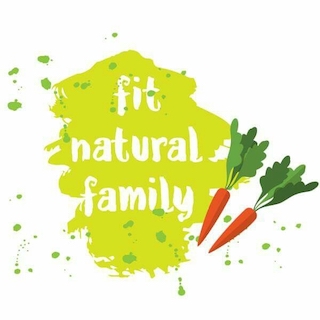The biggest question I had was when do I need to strip my diapers and how. Diapers don’t need to be stripped until they start to smell even after washing or become less absorbent. They should not be stripped unless necessary as regular stripping can break down the waterproofing/water resistance of the diapers as well as damage the elastics if done too frequently. Another reason to strip would be if you are switching laundry detergents for your diaper or you are noticing your little one is beginning to get a rash from the diapers. Generally it is a good idea to strip any new diapers before using them which will help them be more absorbent.
The reason they can start to become less absorbent is that some materials can build up a waxy coating from use. This is what needs to be stripped away.
The rash can be due to either an ammonia build up or the detergent isn’t rinsing clean from your diapers.
There are many different ways out there to strip diapers, but some should not be attempted as they will void your diaper warranty and could damage your diapers.
Methods to avoid:
In the dishwasher – Nature Bumz has put together a good post as to why you shouldn’t do this
If they are a pocket diaper or all in one or similar style that does not need an additional cover, then do not boil them as it will melt your PUL.
Do not use bleach unless it is an absolute last resort as this will break down your diapers.
Stripping Methods:
1-2 drops of original Dawn up to 1 tsp max (do not use any more than this as you will have way too many suds in your machine) in the washing machine with your diapers on a wash cycle. If you use this method you need to keep running rinse cycles until there are no suds or bubbles showing in your machine.
You can also use dish detergent to wash them by hand and you will need to scrub each insert with a small scrub brush or toothbrush to scrub the fleece. Then rinse, rinse, rinse until the water runs clear.
Use a stripping agent – RLR, Laundry Tarts, Rockin Green and follow directions on package. These you use directly in your machine.
My favourite if you have ammonia issues is Rockin Green Funk Rock.
Hanging your diapers on the line in the sun also helps to strip them some.
If you are still having issues after any of these methods then you may need to strip your washing machine using either one of the washing machine cleaning tabs or you can do it using baking soda and vinegar or baking soda and lemon juice. Diaper Hyena has the instruction for doing this without a cleaning tab.
Which method is your favourite?










